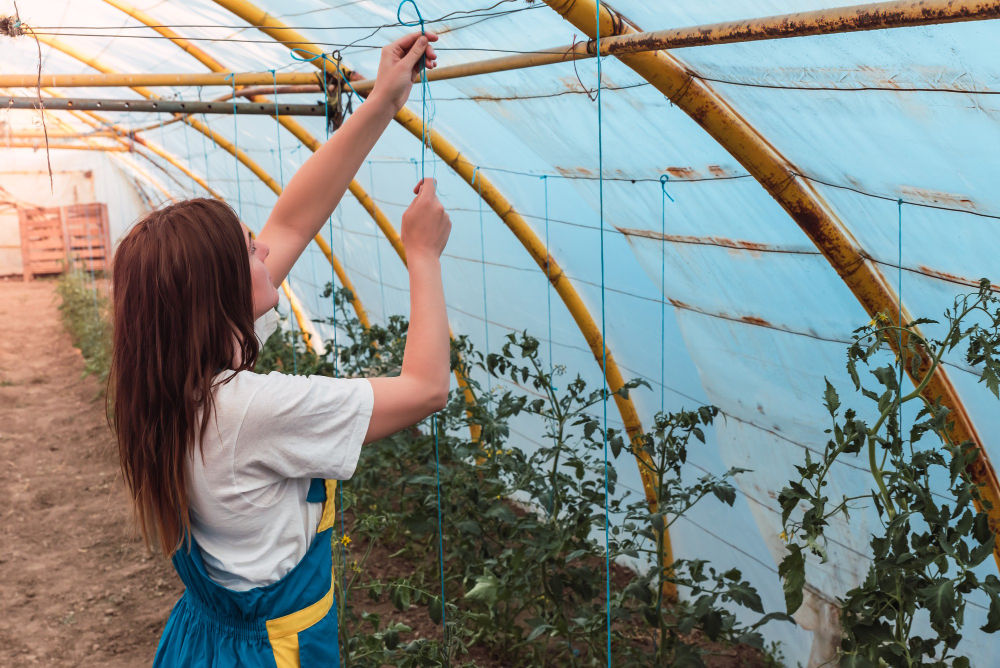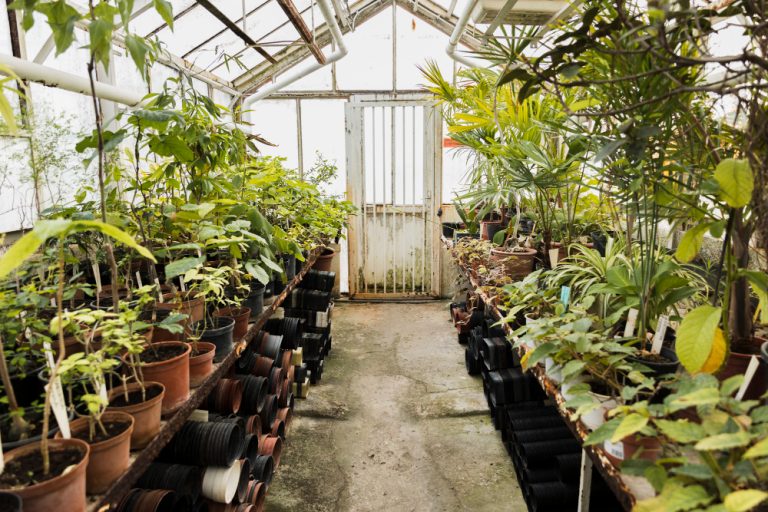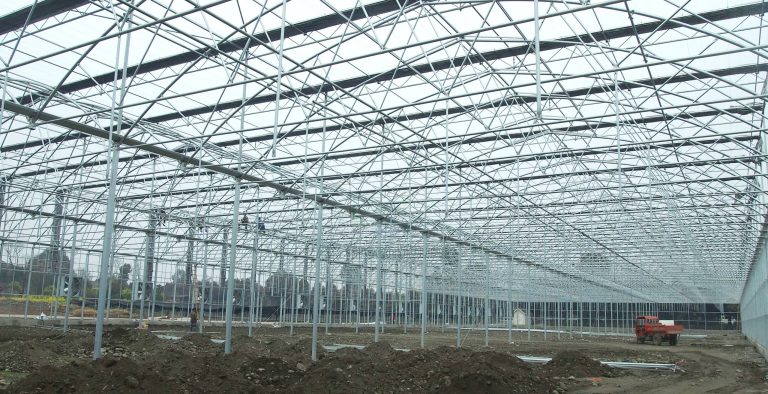
Key Points
- Research suggests anti-hail nets protect fruit crops from hail damage, a major risk for farmers.
- It seems likely they also reduce pest and bird damage, improving fruit quality.
- The evidence leans toward economic benefits over time, despite high initial costs.
- However, there are potential drawbacks, like increased maintenance and microclimate changes, which farmers should consider.
Benefits Overview
Anti-hail nets are increasingly used by fruit farmers to shield crops from hail storms, which can devastate yields and damage trees long-term. They also help deter birds and insects, reducing the need for additional pest control. This can lead to larger, higher-quality fruits with less sunburn and wind damage. Over time, the savings from reduced crop losses and lower insurance costs can outweigh the initial investment, making them economically viable.
Considerations
While beneficial, anti-hail nets come with challenges. The upfront and maintenance costs are significant, requiring substantial labor for installation and seasonal adjustments. They can alter the orchard’s microclimate, potentially affecting fruit coloring in low-light years and increasing moisture, which may raise disease risk. Additionally, the physical structure can limit access within the orchard, impacting operations.
Conclusion
For farmers in hail-prone areas, anti-hail nets can be a valuable tool to enhance crop protection and quality. However, they must weigh the costs and operational changes. Consulting agricultural experts or visiting demonstration sites, like the Minnesota Landscape Arboretum’s “Farm at the Arb”, can help make an informed decision.
Comprehensive Analysis of Anti-Hail Nets for Fruit Farming
This note provides a detailed examination of why every fruit farmer should consider installing anti-hail nets, drawing from authoritative sources to ensure a thorough understanding. The analysis covers benefits, considerations, and practical implications, aiming to inform farmers of both the advantages and potential challenges.
Background and Context
Hail storms pose a significant threat to fruit farming, capable of causing immediate yield losses and long-term damage to trees. The increasing frequency of severe weather events, potentially exacerbated by climate change, has led to a rise in the adoption of anti-hail nets. These nets, used globally since the 2000s, offer a physical barrier to protect crops, but their effectiveness and cost must be carefully evaluated.
Detailed Benefits of Anti-Hail Nets
Research from multiple sources highlights several key benefits:
- Protection from Hail Damage: Hail can create wounds on fruits and shoots, leading to necrotic tissue and secondary issues like diseases and reduced photosynthetic ability, as noted in scientific literature (Hail Nets – ScienceDirect Topics). Anti-hail nets mitigate this by providing a barrier, essential in regions like Minnesota where hail storms are common during the growing season (Hail netting for apple orchards – UMN Extension). This protection can prevent severe crop and tree damage with effects lasting years, as per industry insights (Pros and cons of hail nets – Fruit Security Holland).
- Additional Pest and Bird Protection: Beyond hail, these nets deter birds (e.g., starlings, crows, tits) and flying insects (e.g., stink bugs), reducing the need for chemical pest control. Draped netting systems, in particular, can fully exclude insect pests, offering a sustainable alternative to pesticides, as detailed in agricultural guides (Hail netting for apple orchards – UMN Extension). This dual protection is crucial for maintaining crop health and reducing labor costs.
- Improved Fruit Quality: Anti-hail nets shield fruits from direct sunlight and wind, reducing sunburn and wind damage. This can result in larger, higher-quality fruits, likely due to reduced temperature peaks and a more stable microclimate, as noted in industry reports (Pros and cons of hail nets – Fruit Security Holland). Improved quality can enhance market value and consumer satisfaction.
- Economic Benefits Over Time: Despite high initial costs (e.g., €10,000–€12,000 per hectare), the long-term savings from reduced crop losses, lower insurance premiums, and decreased pesticide use can make anti-hail nets economically viable. Scientific studies suggest that the rising cost of crop insurance against hail has driven increased adoption, particularly in major fruit-producing regions (Hail Nets – ScienceDirect Topics). For example, in Minnesota, hail netting is seen as a reasonable investment compared to hail insurance (Hail netting for apple orchards – UMN Extension).
- Support for Trees: The well-anchored structure of hail nets can provide longitudinal and transverse support to fruit trees, helping them withstand strong winds. This structural support can potentially extend the productive life of trees, adding to the long-term benefits (Pros and cons of hail nets – Fruit Security Holland).
- Protection from Rain and Stable Microclimate: Nets prevent excessive water pooling during wet seasons by maintaining airflow and isolating crops from rain, ensuring a stable microclimate. This helps shield crops from abrupt temperature fluctuations and keeps moisture levels consistent, preventing fruits from being suitable only for processing due to hail damage (Benefits of anti-hail nets for farms – GreenPro Ventures).
- Durability and Sustainability: Anti-hail nets are made from high-density polyethylene (HDPE), lightweight, UV-treated, and have high tensile strength. They are strong, pliable, flexible, easy to distribute, reusable, and recyclable, with a long lifespan and ability to sustain wind loads, enhancing their environmental and economic sustainability (Benefits of anti-hail nets for farms – GreenPro Ventures).
Specific Features and Technical Details
Anti-hail nets come in various forms, such as overhead and draped netting, each with specific advantages:
- Draped Netting: Weighs 60 grams per square meter with small rectangular holes (3 by 1.5 millimeters), applied after petal fall and removed before harvest. It is particularly effective for insect pest exclusion and works best in high-density trellised orchards like vertical axis, tall spindle, or spindle training systems (Hail netting for apple orchards – UMN Extension).
- Overhead Netting: Offers additional protection against sunburn, though this is less significant in cooler climates like Minnesota and more relevant in sunnier regions like Washington (Hail netting for apple orchards – UMN Extension).
These nets are also described as lightweight, strong, pliable, and easy to install, with some being reusable and recyclable, enhancing their environmental and economic sustainability (Benefits of anti-hail nets for farms – GreenPro Ventures).
Considerations and Potential Drawbacks
While the benefits are significant, farmers must consider several challenges:
- High Initial and Maintenance Costs: The initial investment for anti-hail nets is substantial, with costs ranging from €10,000 to €12,000 per hectare. Annual maintenance, including bringing nets into winter mode and regular upkeep, requires approximately 40–50 man-hours per hectare (20 hours for opening, 20 for closing, and 10 for maintenance), adding to the cost price of the product (Pros and cons of hail nets – Fruit Security Holland). Farmers may save on installation costs by self-installing, but this requires available labor.
- Potential for Altered Microclimate: The nets can change the orchard’s microclimate, reducing sunlight in dark years, which may affect fruit coloring. Increased moisture under the nets can also slow drying, potentially raising infection risk due to higher disease pressure (Pros and cons of hail nets – Fruit Security Holland). Proper management strategies are needed to mitigate these risks.
- Operational Restrictions: The physical presence of nets and their anchors can affect orchard layout, potentially impacting trees or rows and limiting access for machinery. Large anchors may restrict driving in and out of the orchard, affecting operational efficiency (Pros and cons of hail nets – Fruit Security Holland).
Comparative Analysis: Benefits vs. Considerations
To aid decision-making, the following table summarizes the key benefits and considerations:
| Aspect | Benefits | Considerations |
|---|---|---|
| Hail Protection | Prevents severe crop and tree damage, reducing yield loss and long-term harm. | High initial cost (~€10,000–12,000/ha) and ongoing maintenance labor (40–50 hrs/ha). |
| Pest and Bird Control | Reduces need for pesticides, sustainable and cost-effective. | May require additional monitoring for disease risk due to increased moisture. |
| Fruit Quality | Larger, higher-quality fruits with less sunburn and wind damage. | Potential coloring issues in low-light years due to reduced sunlight. |
| Economic Impact | Long-term savings from reduced losses and insurance costs. | Upfront investment may be prohibitive for small-scale farmers. |
| Operational Impact | Structural support for trees against winds, durable and reusable materials. | Anchors may limit access and affect orchard layout, impacting operations. |
| Microclimate Stability | Maintains stable conditions, prevents excessive water pooling during rain. | Potential for increased disease risk due to moisture retention. |
Practical Recommendations
Given the benefits and considerations, farmers in hail-prone regions should seriously consider anti-hail nets. It is advisable to:
- Consult with agricultural extension services or industry experts for tailored advice.
- Visit demonstration orchards, such as the Minnesota Landscape Arboretum’s “Farm at the Arb”, to observe practical implementation.
- Evaluate the local climate and hail risk to assess cost-effectiveness.
- Consider draped netting for high-density orchards to maximize pest exclusion and economic gains.
Conclusion
Anti-hail nets offer substantial advantages for fruit farmers, particularly in protecting against hail damage, reducing pest issues, improving fruit quality, and providing economic benefits over time. However, the high initial and maintenance costs, potential microclimate changes, and operational restrictions must be carefully weighed. For farmers in regions with frequent hail storms or those seeking to enhance orchard resilience, anti-hail nets can be a valuable investment, supported by both industry practices and scientific research.




